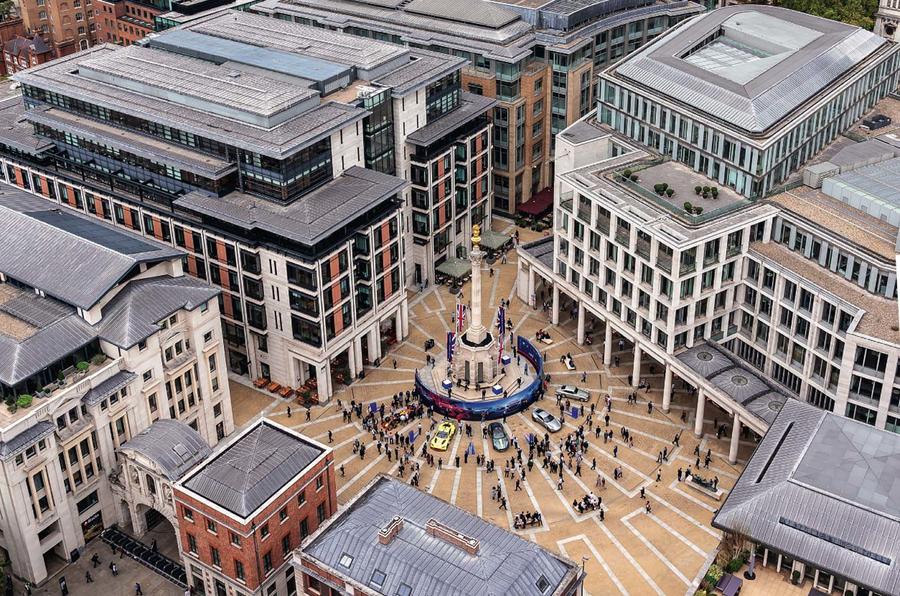While standing on the first floor of the London Stock Exchange (LSE) with CEO Andy Palmer and 100 Aston Martin faithful, watching the entrance hall clock count down to 8am to begin Aston’s life as a public company, I fell to wondering which of the miracles that have sustained this unique company was the most significant.
Was it that this 105-year-old story began with two men in a London shed setting out to build a better racing car and naming it after their favourite hill climb? Was it that seven times in its history, this company has been flat broke, only to be repeatedly rescued (as others were not) by people who knew its value?
Or was it that this company, worth less than £1 at times in its unprofitable past, was today being invited into London’s sanctum of the solvent having proved its value at north of £4 billion? This last, I decided, was the most remarkable.
The day began at 6.40am in London’s Park Lane, where Palmer and his management team were staying to be ready for the 8am stock debut. A couple of months previously, Aston’s principal shareholders in Italy and Kuwait had signalled their willingness to sell 25% of the company in an initial public offering (IPO), dealing first with big institutions but from 8 October inviting private investors to participate. The last such opportunity ended 28 years ago when Ford bought Jaguar, removing it from the public lists.

Until we climbed into a Mercedes people-carrier for the 10-minute drive across town to the new LSE, in Paternoster Square under the shadow of St Paul’s Cathedral, I hadn’t appreciated the extent to which Aston’s principals were seeing this as a moment for celebration.
Palmer, design director Marek Reichman and CFO Mark Wilson – my companions in the Merc – were weary from business visits to Frankfurt and Paris, but buoyed by this new proof of the value of their past four years’ work. So, it seemed, were the principals of the LSE. They were staging this breakfast with Aston investors, owners, suppliers and customers. Then we’d gather under the clock and watch the first few minutes’ trading on huge screens positioned for moments like this.






















Join the debate
Add your comment
How is this news and worthy
How is this news and worthy of inclusion in a car, rather than a financial, magazine?
One for 'the brave'
One for 'the brave'
Nothing described as 'classy' is
and certainly not a croissant.